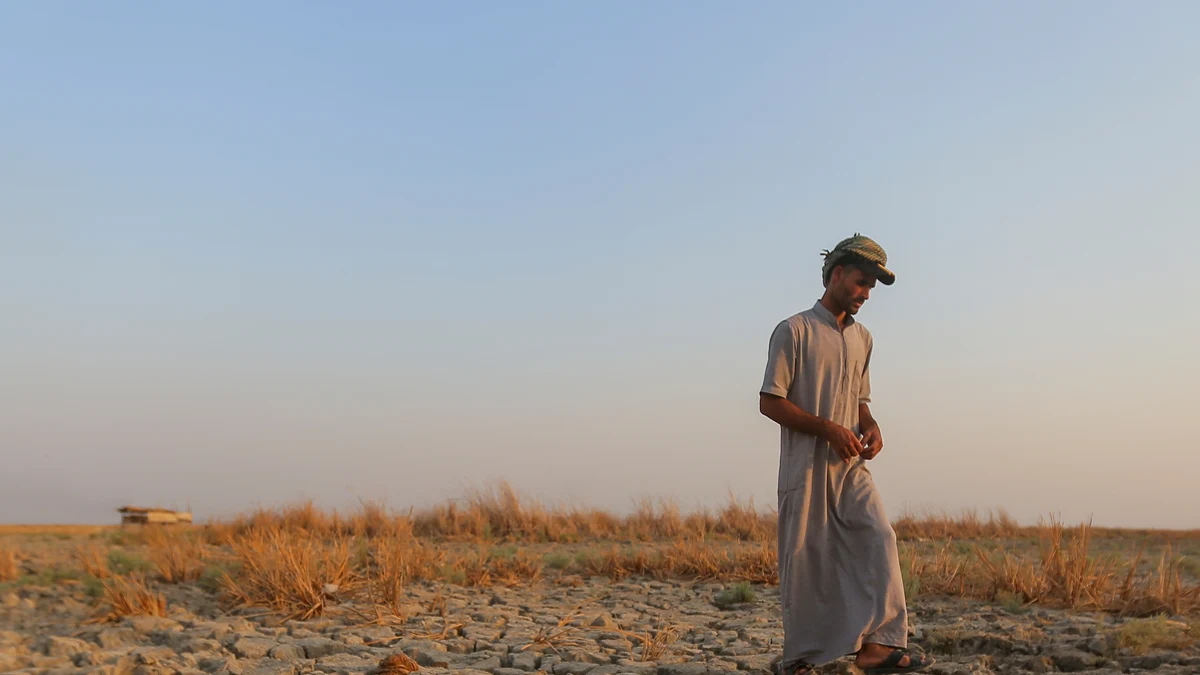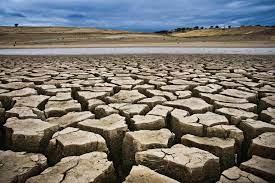Now Reading: This Is What Happens When Drought Strikes: The Hidden Global Impact 2025!
-
01
This Is What Happens When Drought Strikes: The Hidden Global Impact 2025!
This Is What Happens When Drought Strikes: The Hidden Global Impact 2025!

Table of Contents
Drought is one of the most dangerous and slow-moving natural disasters. Unlike floods or earthquakes that strike suddenly, droughts creep in quietly, causing massive damage over time. They affect not just the environment but also agriculture, water supply, and entire economies. In 2024 and 2025, several parts of the world—including Asia, Africa, and North America—are facing severe drought conditions. Scientists and experts are warning that if action is not taken soon, the damage may become permanent.
What is a Drought?

A drought happens when an area receives very little or no rainfall for a long time. This shortage of water affects soil, crops, animals, and people. Some droughts last for a few months, while others may continue for years. Drought is often called a “silent disaster” because its harmful effects build up slowly, often unnoticed until the damage is serious.
Why is Drought Happening More Often Now?
Experts believe that climate change is making droughts more common and severe. The earth’s temperature is rising due to pollution and greenhouse gases. Hotter temperatures mean more evaporation of water from soil, rivers, and lakes. Rain patterns are also changing. Some places that used to get regular rain are now becoming dry. At the same time, forests are being cut down, and wetlands are disappearing. These natural areas used to store water and keep the land moist. Without them, the land dries faster.
The Devastating Effects of Drought

- Water Shortage:
Drought leads to a shortage of drinking water. Lakes, rivers, and groundwater sources dry up. In some cities, people must stand in long lines to collect water from tankers or wells. - Food Crisis:
Farmers cannot grow enough crops because the soil becomes dry and hard. This causes food shortages and price hikes. Poor families suffer the most because they cannot afford expensive food. - Livestock Deaths:
Animals like cows, sheep, and goats also suffer. Without grass or water, they die, causing farmers to lose their income. - Health Problems:
Droughts cause dust storms, leading to breathing issues and skin problems. Dirty water sources spread diseases like diarrhea, cholera, and typhoid. - Economic Loss:
When farming and animal rearing suffer, whole economies can collapse—especially in countries where agriculture is a main industry. - Environmental Damage:
Trees die, rivers dry up, and biodiversity reduces. Some plant and animal species may even go extinct due to lack of water.
Regions Most Affected by Drought in 2024-2025
- India:
Several states like Maharashtra, Rajasthan, and Karnataka are facing below-average rainfall. Farmers are struggling, and water levels in major dams are dangerously low. - Africa:
Countries like Ethiopia, Kenya, and Somalia are witnessing severe drought. Millions of people need food and water aid. - United States:
Parts of California and Texas are reporting extreme drought conditions. Farmers are reducing crop production, and wildfires are increasing due to dry forests. - Australia:
Dry spells are causing bushfires, crop failures, and water restrictions in cities like Sydney and Melbourne.
What Can Be Done to Fight Drought?
- Rainwater Harvesting:
People can collect and store rainwater in tanks and underground pits. This water can be used during dry seasons. - Drip Irrigation:
Farmers can use modern techniques like drip irrigation that use less water to grow crops. - Planting Trees:
Trees keep the ground moist and stop soil erosion. Large-scale tree plantation drives can help reduce drought effects. - Water Recycling:
Used water from homes and industries can be cleaned and reused for agriculture and gardening. - Government Policies:
Governments should plan water usage carefully, build more water storage facilities, and provide help to farmers during drought. - Global Action:
Countries must work together to fight climate change by reducing pollution, planting more trees, and investing in green energy like solar and wind power.
Drought’s Hidden Impact: Mental Health and Migration
Many people ignore the emotional and social effects of drought. Farmers who lose crops and animals feel hopeless and depressed. Families are forced to move from villages to cities in search of jobs and water. This leads to overcrowding in cities and more stress on resources like food, housing, and jobs.
Can Technology Help?

Yes! Modern technology can help predict droughts early. Satellites and weather models can track rainfall, soil moisture, and temperature changes. Farmers can receive warnings through mobile apps and text messages to plan their farming activities better. Countries like Israel are using desalination plants to turn seawater into drinking water, reducing their dependence on rain.
Conclusion
Drought is not just a problem for farmers or rural areas—it affects everyone. From the food we eat to the water we drink, drought puts pressure on all resources. Climate change is making this threat bigger every year. But there is hope. With better planning, new technology, and responsible actions, the world can reduce the damage of droughts in the future.
Read More:- Deyaar’s Latest Announcement Shakes Up the UAE Property Market





















